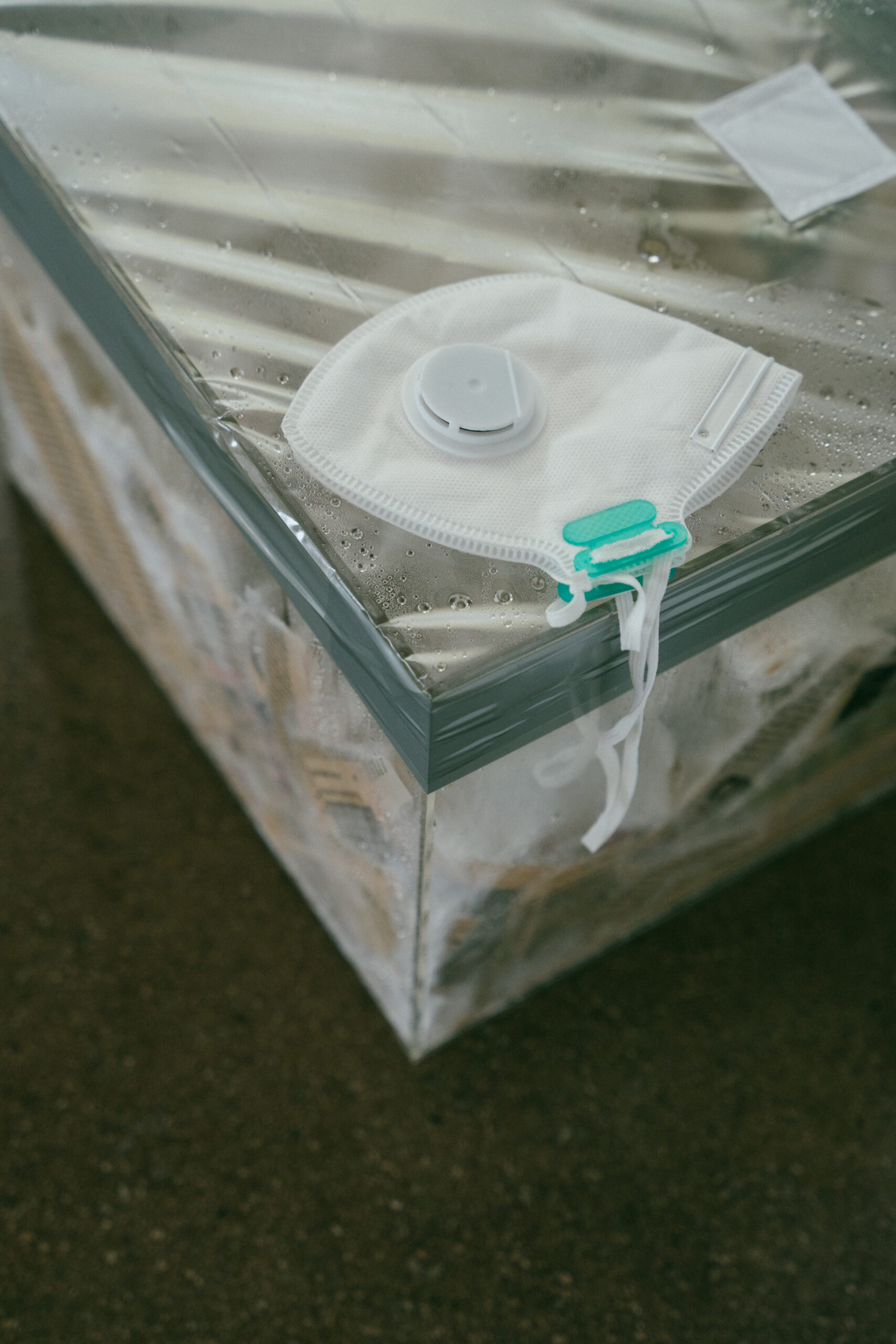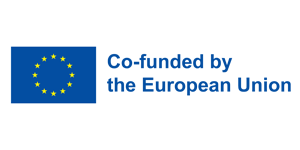Inspired by scientific research towards using mycelium as an economically viable material, the research project How to negotiate with a material sheds light on the protocols of power and control that come to play when using another living being for the production of a good.
Mycelium, the root-like structure of a fungus, is increasingly being used as an ecologically friendly alternative to conventional materials in packaging and construction. The research project *How to negotiate with a material*, traces the process of putting organic matter to scientific and economic use. To be seen are the results of artistic experiments with mycelium, such as dried Reishi mushrooms growing from paper waste, animated 3D-scans of moulding fungi as well as materials utilized in the cultivation process: FFP2-masks, latex gloves, syringes. By examining the imposition of human needs and expectations towards the mycelium throughout the experiments, the project sheds light on the protocols of power and control that come into play when using another living being for the production of a good
Bio
-
 Photo: Francesco Dipierro
Photo: Francesco DipierroEugénie Desmedt
AT/FR
Eugénie Desmedt (*1999) lives and works in Vienna. At the interface between installation, media art and language art, she researches conflicting senses of agency and control at the intersection of physical and digital space. Eugénie studied at the University of Warwick, the University of Vienna and at the University for Applied Arts Vienna.
Credits
Concept, Design and Videography: Eugénie Desmedt
Composition and Sound Design: Hendrik Klatte
Original Reishi mushrooms represented in the 3D-scan: Noor Stenfert Kroese
Supported by Funken Academy, Fraunehofer IWU, Ars Electronica Biolab, Klub Solitaer e.V.
This project has been developed and is presented in the context of the FUNKEN Academy project. FUNKEN Academy is co-funded by the Creative Europe Programme of the European Union.




